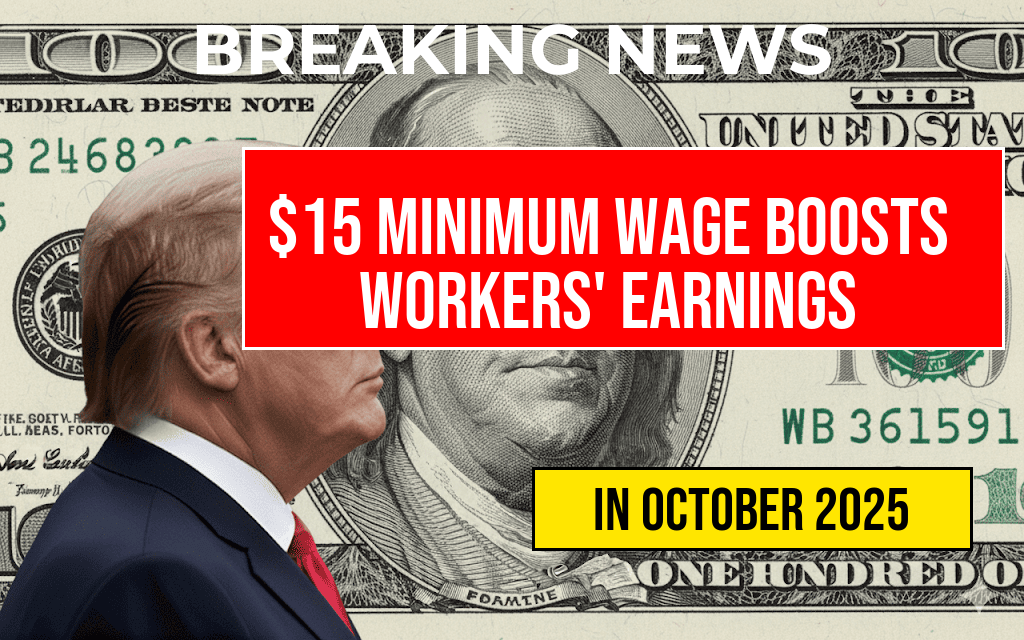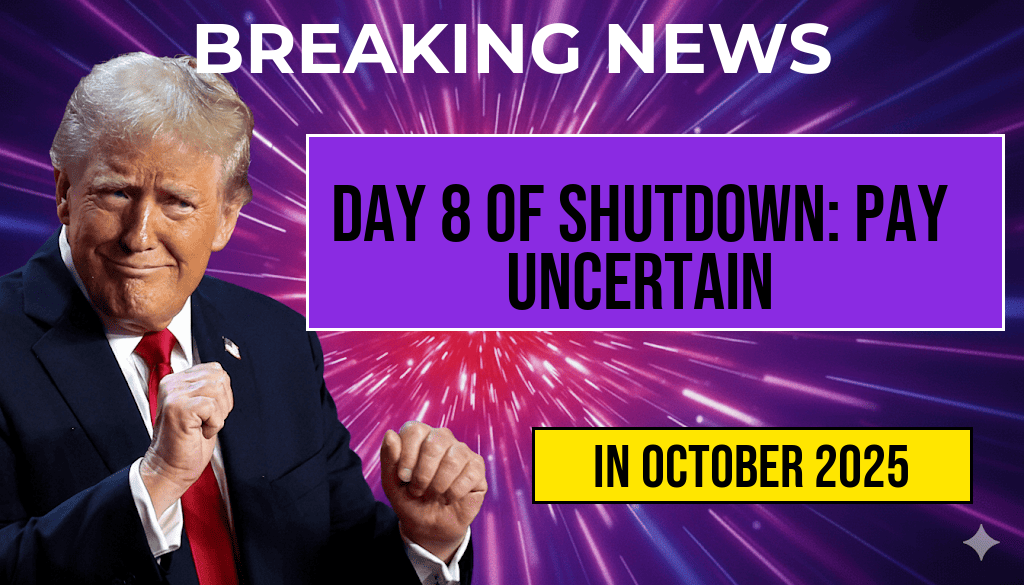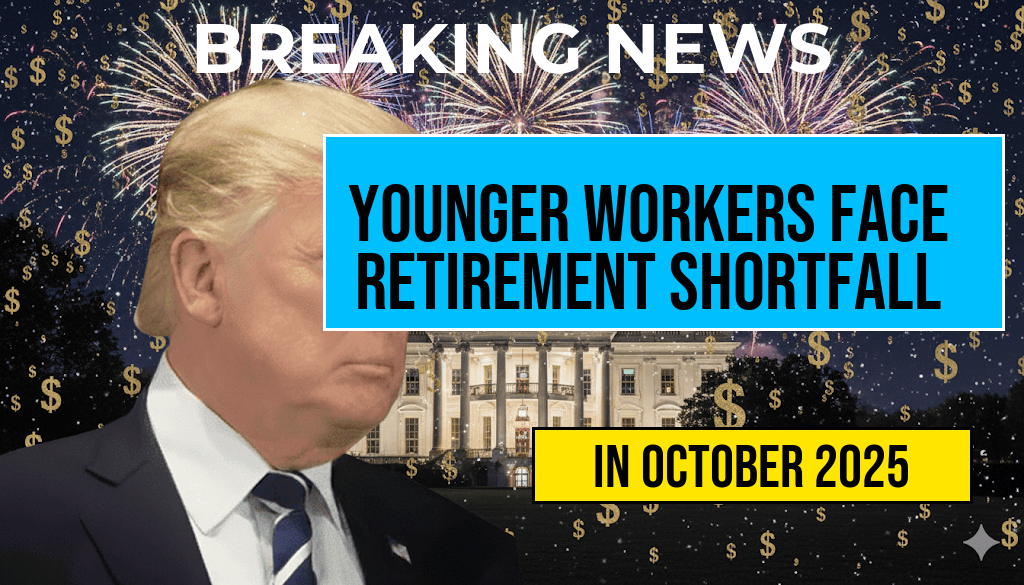Implementing a federal minimum wage of $15 an hour could significantly increase earnings for millions of American workers, according to a new study. The analysis estimates that approximately 32 million workers across the country would see an average annual income boost of around $3,300 if the federal minimum rises to that level. This potential change comes amid ongoing debates over wage standards, economic inequality, and the role of federal policies in shaping labor markets. Advocates argue that such an increase could help reduce poverty and stimulate local economies, while opponents caution about potential impacts on employment and small business viability. The findings provide fresh insights into how a federally mandated minimum wage adjustment might influence the economic landscape for a significant segment of the workforce.
Detailed Breakdown of Potential Earnings Impact
Scope of Affected Workforce
- 32 million workers are currently earning wages close to or below the proposed $15 minimum.
- These workers span various sectors, including retail, hospitality, healthcare, and food services.
- The increase would primarily benefit low-wage earners in urban and rural areas alike.
Projected Income Increase
| Number of Workers | Average Wage Before Increase | Estimated Annual Increase per Worker | Total Estimated Increase |
|---|---|---|---|
| 32 million | $12.50 | $3,300 | $105.6 billion |
The $3,300 annual increase represents an approximate 27% rise over current typical earnings for those workers, which could translate into tangible improvements in daily living standards and financial stability.
Economic Implications of Raising the Federal Minimum Wage
Potential Benefits
- Poverty Reduction: Elevated wages could lift many workers and their families above the federal poverty line.
- Increased Consumer Spending: Higher earnings tend to boost consumer purchasing power, which can stimulate local economies.
- Workforce Stability: Improved wages may reduce employee turnover and increase productivity in sectors reliant on low-wage labor.
Concerns and Criticisms
- Employment Effects: Critics argue that higher wages might lead employers to reduce hiring or cut hours, especially for small businesses.
- Price Inflation: Businesses may pass increased labor costs onto consumers, potentially driving up prices for goods and services.
- Regional Variability: Economic conditions vary across states, raising questions about the feasibility of a uniform minimum wage increase.
Comparative Analysis with State and Local Minimum Wages
State-Level Variations
Currently, some states have minimum wages exceeding the federal rate, with California and New York setting their thresholds at $15 or higher. In these regions, workers have already experienced wage increases similar to what a federal $15 minimum could offer nationwide. The study underscores that a uniform federal increase would standardize wages, potentially reducing disparities but also raising concerns about regional economic differences.
Historical Context and Policy Debates
Efforts to raise the minimum wage have historically faced political hurdles, with opponents citing fears of job losses and increased automation. Nevertheless, recent years have seen a shift in public opinion, with a growing majority supporting higher wages. The Congressional Budget Office (CBO) has previously analyzed the potential impacts of minimum wage hikes, emphasizing the importance of balancing economic growth with employment considerations (source).
Looking Ahead: Policy and Economic Considerations
While the new study highlights the positive earnings impact for millions, policymakers face complex decisions about implementing a federal minimum wage increase. The potential for economic growth and poverty alleviation must be weighed against concerns over employment levels and inflationary pressures. Some experts suggest phased approaches or regional wage adjustments as middle ground solutions. As discussions continue, stakeholders from labor unions to business associations will scrutinize the economic data to advocate for policies that promote sustainable growth and fair wages.
For additional context on minimum wage policies and their economic implications, visit Wikipedia’s overview of minimum wage laws or review analyses from outlets like Forbes.
Frequently Asked Questions
What is the proposed federal minimum wage discussed in the article?
The article discusses a proposed increase in the federal minimum wage to fifteen dollars per hour.
How many workers could benefit from the increase to a fifteen-dollar minimum wage?
Approximately thirty-two million workers could see a boost in their annual earnings if the minimum wage is raised to fifteen dollars.
What is the estimated annual earnings increase for workers due to this wage increase?
The study estimates that workers could see an increase of about three thousand three hundred dollars annually in their earnings.
How might this minimum wage increase impact workers’ financial well-being?
By raising the minimum wage to fifteen dollars, many workers could experience improved financial stability and a higher standard of living due to increased income.
What is the significance of this study’s findings for policymakers?
The study provides evidence that increasing the federal minimum wage could substantially benefit a large number of workers and may support policymakers in considering wage reforms to reduce income inequality.








